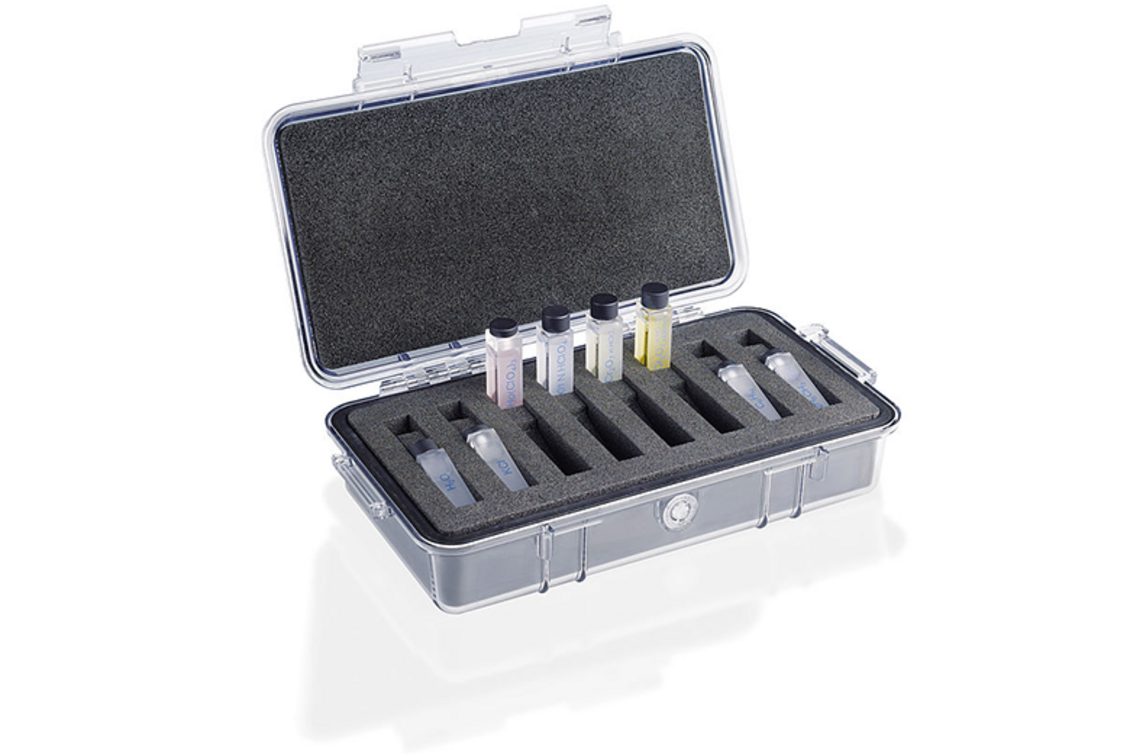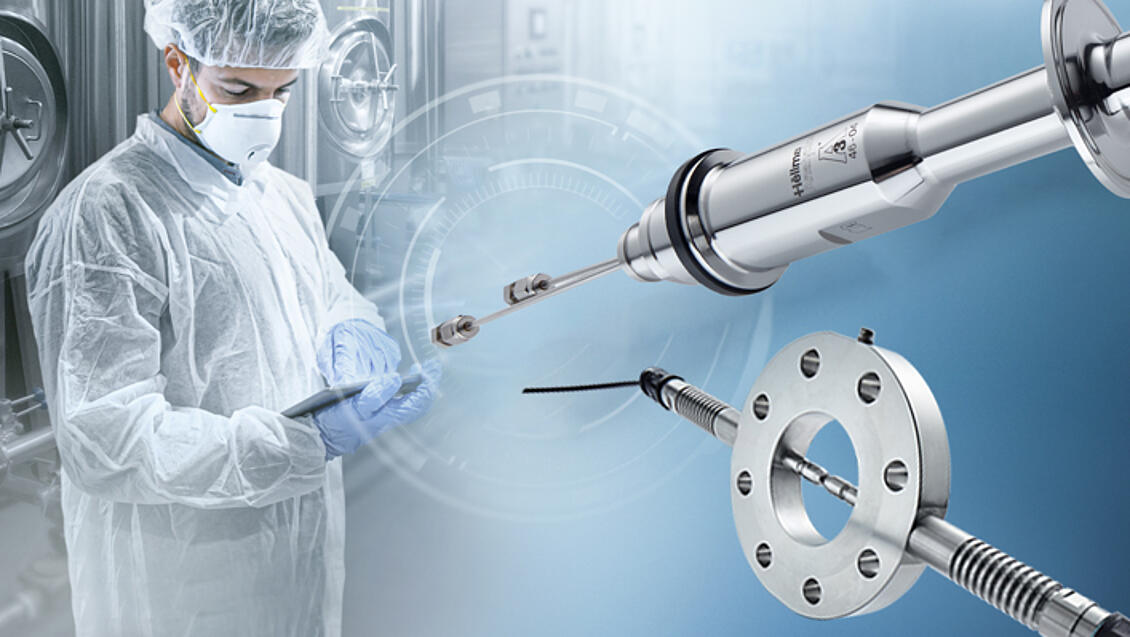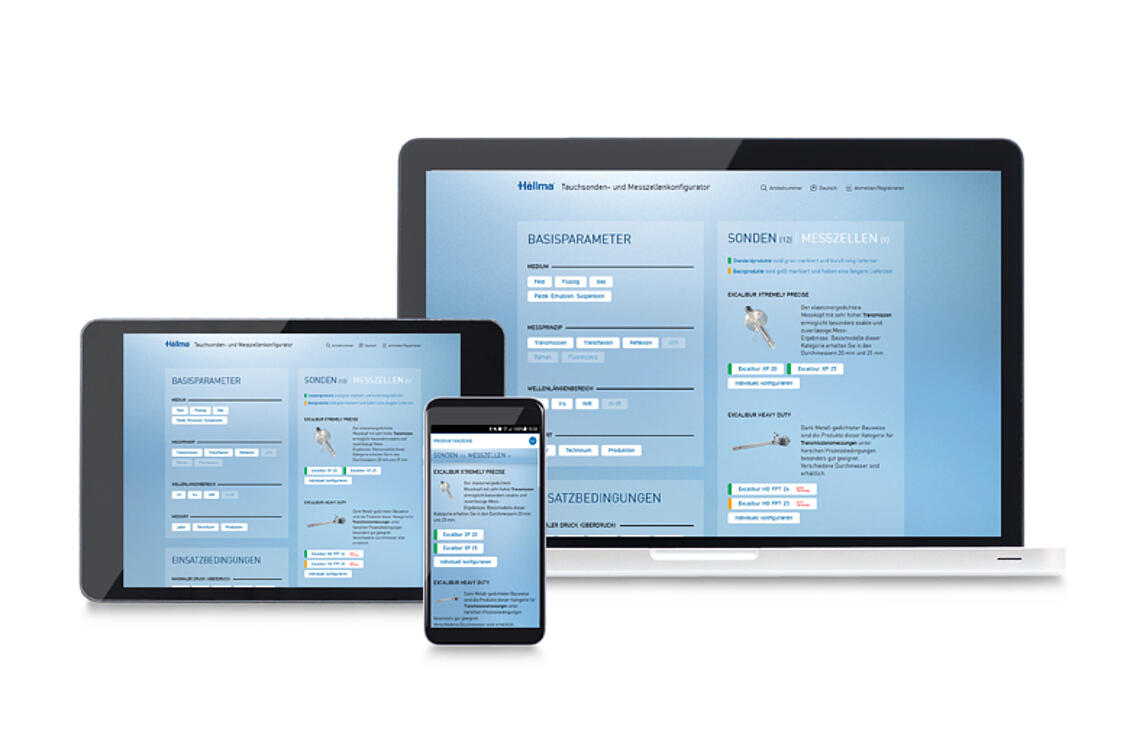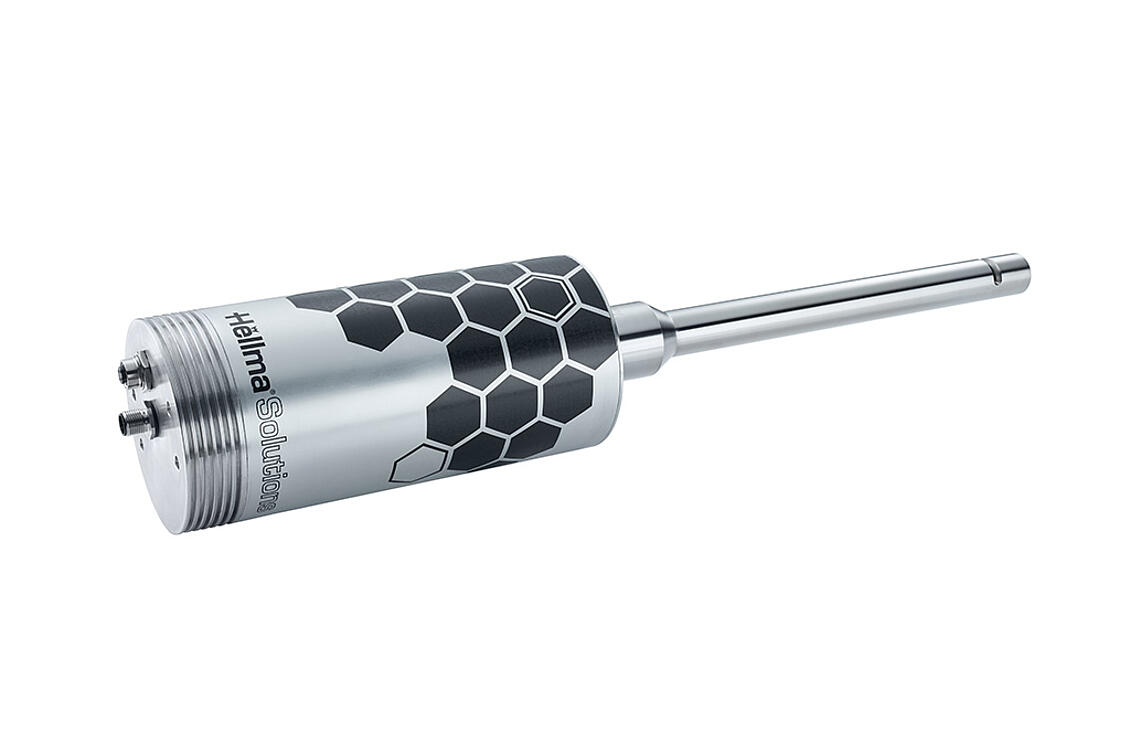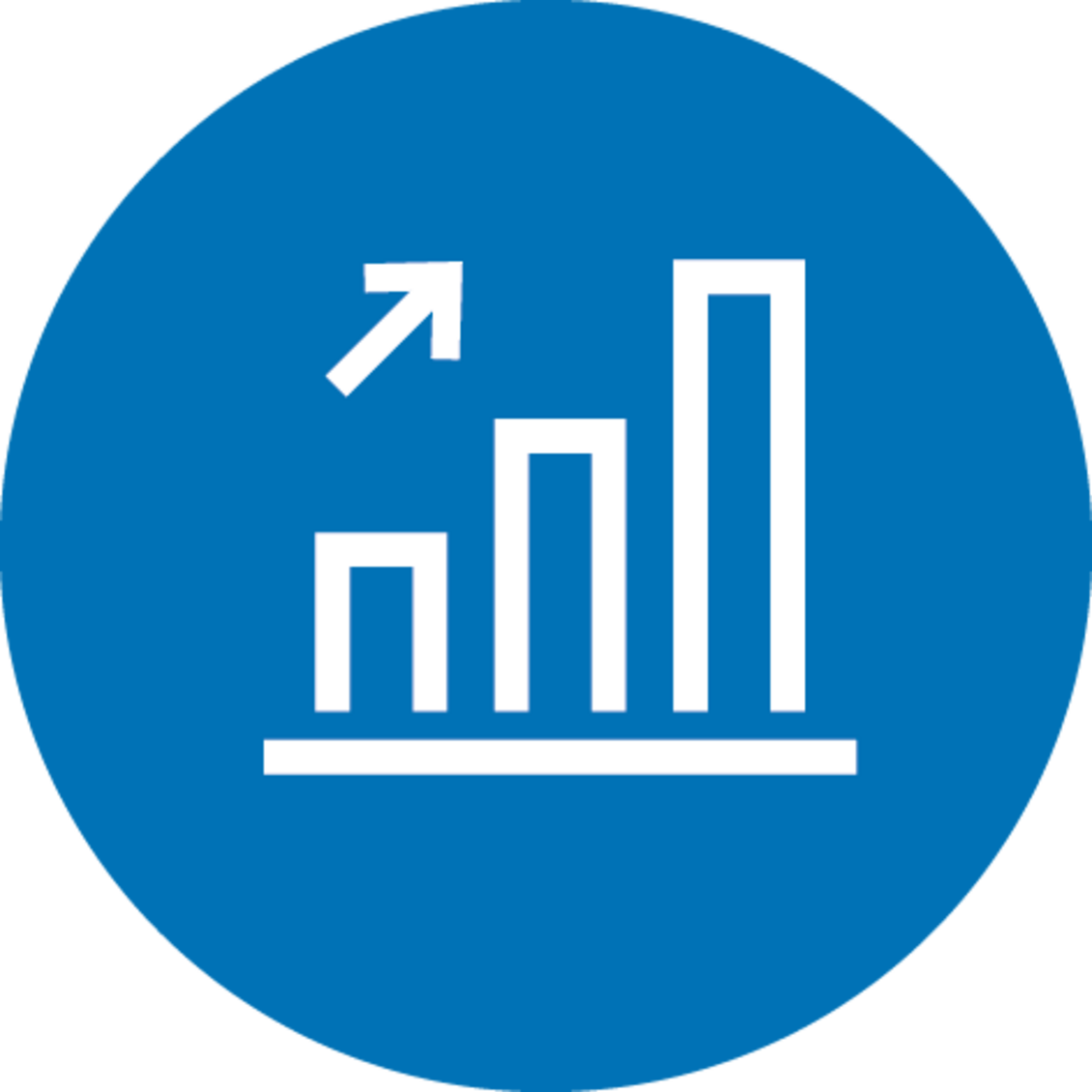➔ Starting Situation:
A manufacturer of polyurethane (PU) with 2 reactors at one site and a production volume of 3600 t/year achieves a gross profit margin of €7 million/year.m
| Location: | 2 reactors á 12 t |
| Raw material costs: | 1,500 €/t |
| Product market price: | 2,500 €/t |
| Gross profit: | 1,000 €/t |
➔ Savings Potential: Analysis Costs
To simplify, a consistent production is expected over the whole year. On average, 3 samples are taken per reactor per day. Laboratory analysis is maintained and needed for calibration preparation and regular checks. The effort can be reduced by an estimated 80%.
Analysis costs: determination of NCO, acid number and viscosity → 50 € / sample.
365 days x 3 analyses x 2 reactors x 50 € = 109.500 €/a
Savings: 109,500 €/a x 80 % = 87,600 €/a
➔ Savings Potential: Raw Material and Disposal Costs
In the past, there was an average of 3 faulty batches per reactor (approx. 4 % of batches/a). With PAT, the number of faulty batches could be reduced to 1 per reactor (1.3 %).
| Total output: | 150 batches/a = 3600 t/a |
| Scrap: | 2 x 2 batches x 12 t = 48 t/a |
| Raw material costs | 48 t/a x 1.500 €/t = 72,000 €/a |
| Disposal costs: | 48 t/a x 500 €/t = 24,000 €/a |
| Lost profits: | 48 t/a x 1.000 €/t = 48,000 €/a |
| Total costs: | 144,000 €/a |
Due to faulty batches, production time is also lost. Other costs such as personnel, equipment or energy costs are neglected in this example.
➔ Savings Potential: Production Time
Thanks to online analytics, the process time of the individual batches could be reduced. Approx. 3% more batches can now be produced.
Additional output: 3% x 3600 t/a x 1,000 €/t = 108,000 €/a

